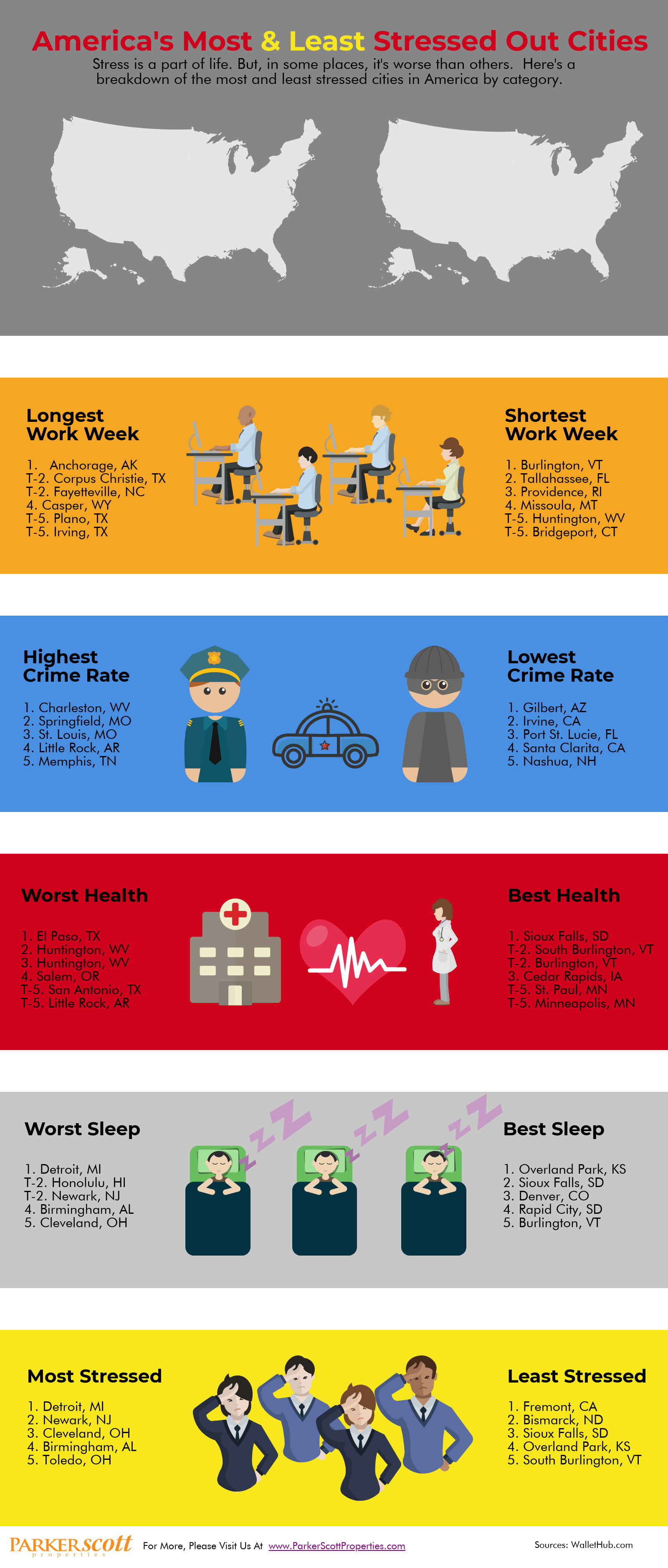
HAPPY THANKSGIVING


Real estate, of course, is about location. From neighborhood to neighborhood, conditions may differ. Pricier neighborhoods will have different dynamics than more affordable areas. Hot spots that offer buyers features and amenities will have different conditions than less popular areas farther from the action. That’s why most people work with professionals when buying or selling a home. It’s good to be able to lean on the experience of someone with expertise in the specific parts of town you’re interested in. But that’s not to say you can’t have a general sense of where the market is headed and what to expect when you hit the streets in search of a house. Take the most recent forecast from Freddie Mac, for example. The outlook says, though the market will slow down this fall and winter, high demand for homes will mean more sales and competition next year. It also says home price growth will begin to slow next year, though you should expect mortgage rates to continue to edge higher through 2020. Overall, according to Freddie Mac’s outlook, home buyers and sellers should expect next year’s market to look relatively similar to this year’s. More here.
When looking for a house to buy, you aren’t necessarily always looking for the biggest house. After all, the size of the home you choose will be determined, in part, by things like the size of your family, storage needs, how many bathrooms and bedrooms, etc. Mostly, though, it’ll be determined by your budget. Because, when it comes down to it, we all would like a little more space. For that reason, a recent study looked at the largest 45 cities in the country and calculated the median home size and cost per square foot, in an effort to figure out which cities have the biggest homes and which give buyers the most space for the best price. The results show that the South has the biggest homes, with three of the top five cities located in Texas. In fact, Houston was the city with the largest median home size at 1,952 square feet, with Atlanta, Washington DC, Dallas, and Austin rounding out the top five. Southern cities also tend to have a lower price per square foot. For example, while Houston has the biggest homes, the median price per square foot was $100. By comparison, cities like San Francisco, Boston, and Denver have smaller homes but higher prices, mostly due to the fact that the housing stock in those areas is older. More here.

The challenge of finding an affordable entry-level home in today’s housing market gets a lot of coverage. First-time buyers facing higher rent, difficulty saving for a down payment, and low inventory are an important demographic and their habits have implications for the overall health of the market. But, at the same time as the starter-home market has been hot, demand for luxury homes has also ramped up. In fact, new research shows sales of homes $1 million and higher are up 25 percent over last year – which represents the largest jump since January 2014. In short, the improved economy and job market has also led to an increase in demand for luxury homes, the same way it has elevated demand across all segments of the housing market. Among specific regions, northern California leads the pack with four of the top 10 fastest-growing luxury markets. Other fast-growing markets include Denver, Seattle, and Nashville, which all have seen homes on the high-end of the market going under contract in fewer days than at this time last year. More here.
Suburbs sprouted out of a desire to have the conveniences of urban life but also the space and privacy of living outside the city. In other words, the best of both worlds. And for decades, suburban areas, based on that promise, grew at a faster rate than the nation’s cities. Americans spread out from city centers and moved further and further away. But, according to a new report from the Urban Land Institute, we may now be starting to move back. In fact, between 2010 and 2015, dense urban locations saw their populations grow faster than the residential neighborhoods of their surrounding suburbs. There are a few reasons for this. One is that rental apartment inventory grew at about twice the rate of inventory in the suburbs. Also, there were more jobs created in city centers than in suburbia during this period. However, though there are many factors driving Americans back into the city, the report also notes that urban living costs more, which means younger Americans – who are most likely to desire an urban lifestyle – may be increasingly unable to afford it. More here.
Buying a house in a competitive market can be challenging, even for buyers that have been through it before. Getting into a bidding war with another buyer means possibly pushing your budget, or worse, losing the house you set your sights on. But finding and buying a house in a competitive market is especially intimidating for a first-time buyer, who may already be a little overwhelmed by the process. The good news is that, though there are generally fewer homes available to buy across the country, not all markets are equally competitive. For example, a recent analysis of housing markets looked for those that have available homes, smaller down payments, and a strong home appreciation forecast – in other words, areas that would be favorable for first-time buyers. According to the rankings, cities like Tampa, Orlando, Houston, Atlanta, and Las Vegas have more opportunities to buy an affordable, entry-level home than in other markets where inventory is tighter and there is higher demand. In short, there are still opportunities for buyers, so it’s a good idea to look into the dynamics of your desired neighborhood before talking yourself out of buying this year. More here.